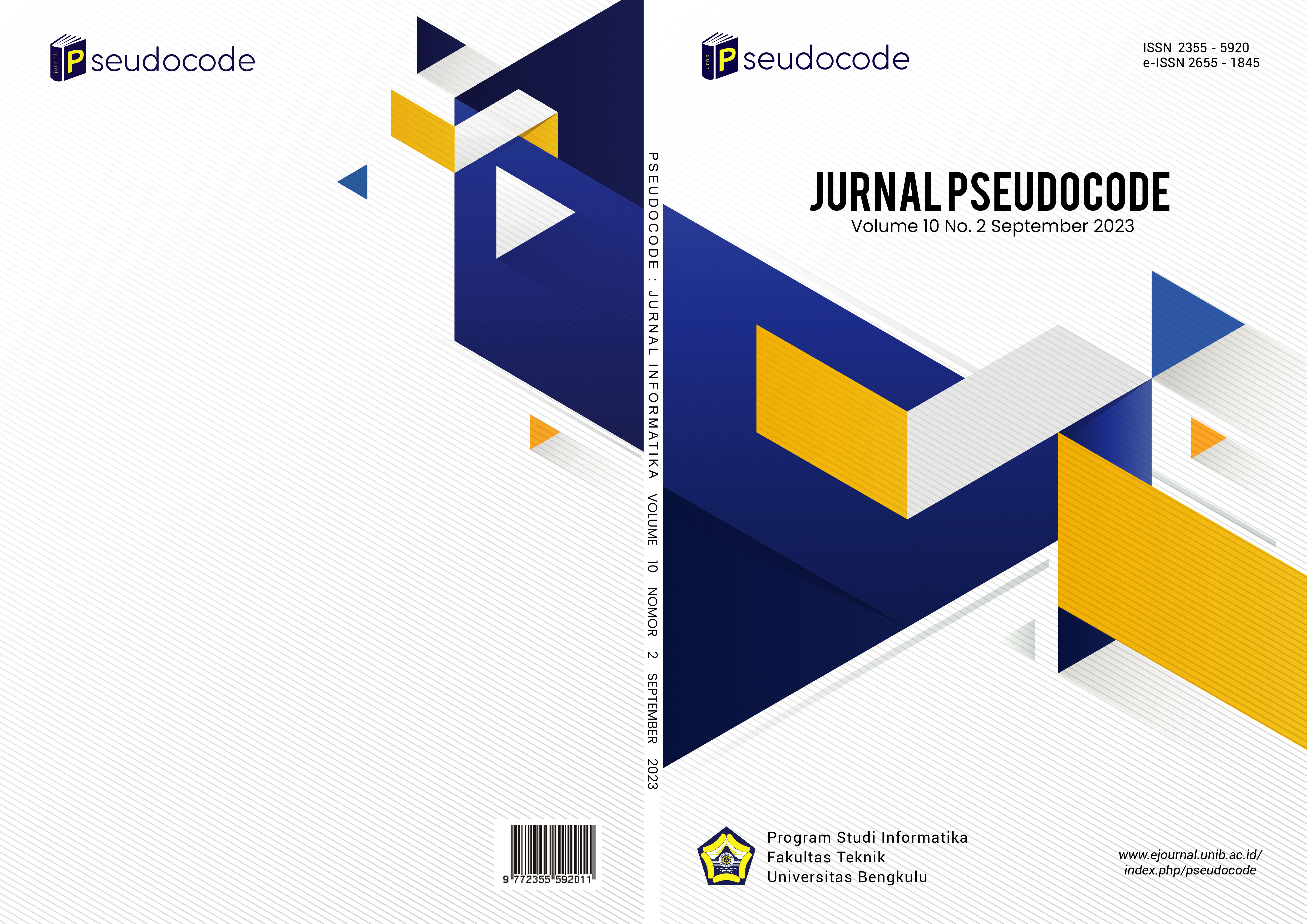Main Article Content
Abstract
Learning media innovation is in line with developments in information technology. Many of the innovations being developed now utilize the fields of multimedia and mobile devices. These two fields have proven capable of producing interesting learning media and making it easier for students to learn learning material digitally. One of the learning materials that requires digital media is English. Many English learning applications have been developed but are not yet in accordance with the learning plans of teachers and students so they are not used directly in class. Based on these problems, this research developed an application for learning English digitally that can be used directly in classroom learning. Application development is carried out using the waterfall method and is adjusted to the learning plans of school teachers. The results of application implementation are tested on all users through user assistance and filling out surveys. From the results of testing the application using black box testing, it was found that the percentage of 100% of the functions ran as expected. From the results of the application validation test, a score of 86.5% was obtained for material suitability from material experts, 83.8% for media suitability from media experts, 82.6% for useability from educators' assessments, and 81% for useability from students' assessments. From the overall validation test results carried out on material experts, media experts, educators and students, the overall average validation results were 84.37%, which shows that the Easy Tenses application created can be categorized as very suitable for use.
Keywords: Applications, English, Digital media, Multimedia, Waterfall Method.
Article Details
Copyright (c) 2023 Ahmad Fashiha Hastawan, Dhidik Prastiyanto, Alfa Faridh Suni, Izzati Gemi Seinsiani, Hanrian Rossa, Prawidana Kurniawan, Miftah Nindya Rahmawati, Risma Septiana

This work is licensed under a Creative Commons Attribution-ShareAlike 4.0 International License.
- Seluruh materi yang terdapat dalam situs ini dilindungi oleh undang-undang. Dipersilahkan mengutip sebagian atau seluruh isi situs web ini sesuai dengan ketentuan yang berlaku.
- Apabila anda menemukan satu atau beberapa artikel yang terdapat dalam Jurnal Pseudocode yang melanggar atau berpotensi melanggar hak cipta yang anda miliki, silahkan laporkan kepada kami, melalui email pada Priciple Contact.
- Aspek legal formal terhadap akses setiap informasi dan artikel yang tercantum dalam situs jurnal ini mengacu pada ketentuan lisensi Creative Commons Atribusi-ShareAlike (CC-BY-SA).
- Semua Informasi yang terdapat di Jurnal Pseudocode bersifat akademik. Jurnal Pseudocode tidak bertanggung jawab terhadap kerugian yang terjadi karana penyalah gunaan informasi dari situs ini.
